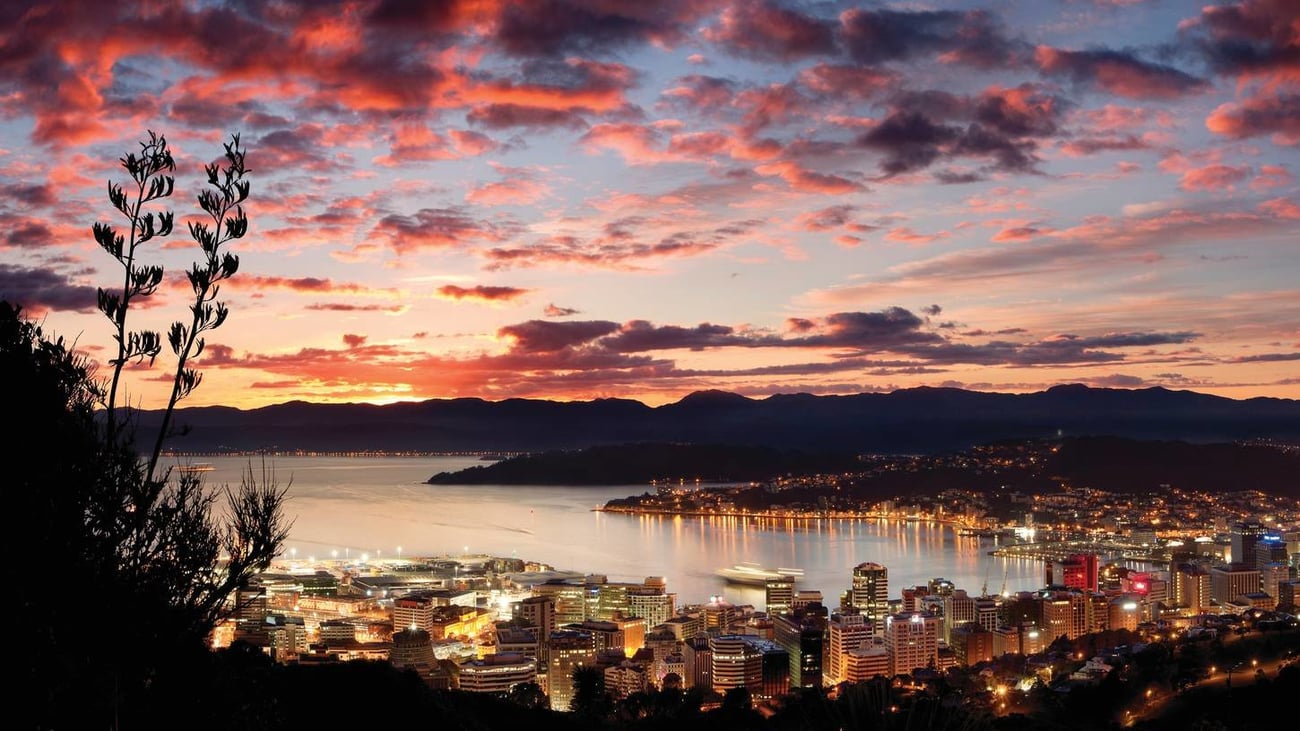
– Wellingtonians pay an average of $480 per week in rent, according to TradeMe. That’s $40 per week cheaper than Auckland.

– Wellington’s median home price is $530,000, far lower than the Auckland median of $840,000 in December 2016.
– Wellington gets an average of about 2,050 hours of sunshine per year, about the same as Auckland.

– Wellington has the highest average advertised salary of any region in Aotearoa at more than $70,000 per year. The national average is $56,030.
– According to the Mercer Quality of Living Survey, Wellington is the 12th most livable city in the world.

– Wellingtonians are, on average, the most educated in New Zealand. About 30 percent of people in the capital hold tertiary qualifications, compared to a national average of about 15 percent.
– With more than 300 restaurants, cafes and bars per capita, there are more places to eat and drink in Wellington than New York City.

– About 30 percent of Wellingtonians use public transport, the highest percentage in New Zealand.
– Wellington has the highest concentration of web-based and digital technology companies per capita in New Zealand. Wellingtonians are also three times more likely to work in the tech sector than other sectors.

– The average Wellingtonian commutes about five kilometres to get to work, versus six for Aucklanders. And let’s not even get started on Auckland’s traffic.
– On the subject of commutes, about 17 percent of Wellingtonians walk to work, more than three times higher than the New Zealand average of about five percent.
– Wellington has no fewer than seven major event venues, all within a five-minute walk of each other.
_large.jpg)
– Wellington is known for its wind, so it probably comes as no surprise that wind farms around the city generated 204 megawatts of power in 2015. Meridian’s West Wind windfarm has over 60 turbines that can power more than 60,000 houses.
– Wellington has the lowest carbon emissions per capita in Australasia.
– The Wellington economy grew at 2.8 percent in the December quarter, led by increasing occupancy rates in the CBD and plenty of post-Kaikoura quake activity.





